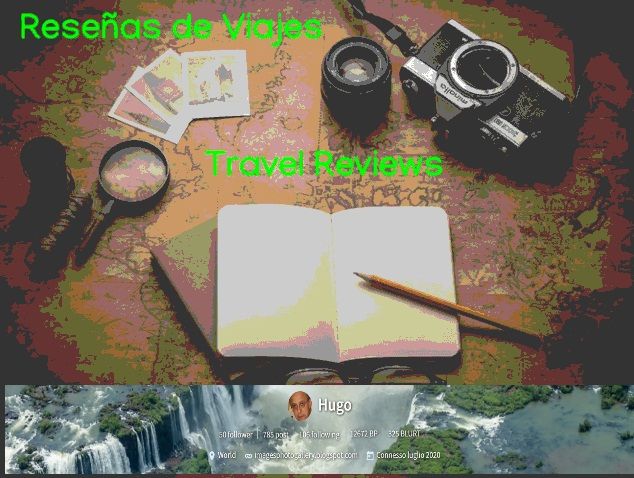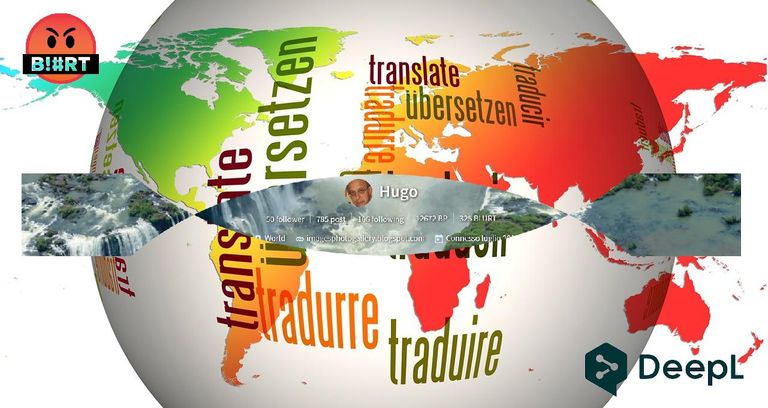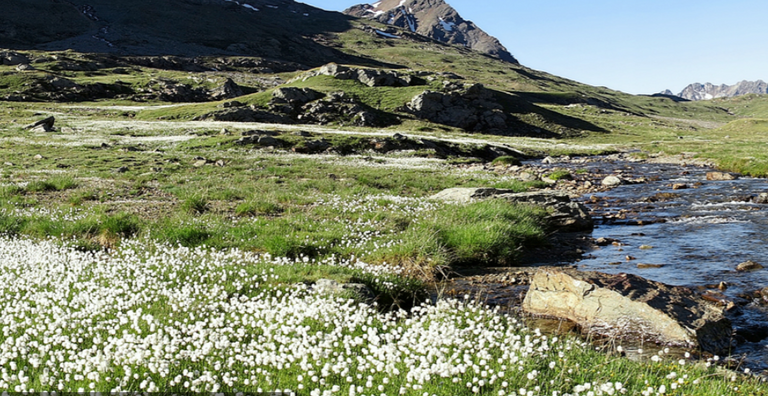
The Stelvio National Park is one of the oldest Italian natural parks.
It was created to protect the flora, fauna and landscape beauties of the Ortles-Cevedale mountain group, and to promote the development of sustainable tourism in the alpine valleys of Lombardy, Trentino and Alto Adige.
It extends over the territory of 24 municipalities and 4 provinces and is in direct contact to the north with the Swiss National Park, to the south with the Adamello-Brenta Provincial Natural Park and with the Adamello Regional Park: all these parks, together, constitute a vast area in the heart of the Alps that reaches almost 400,000 ha.
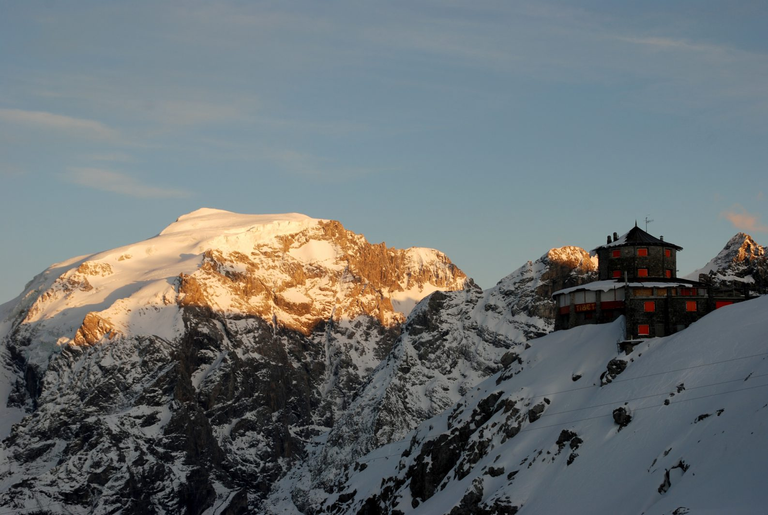
Located, with its 130,700 hectares, in the heart of the Central Alps, Stelvio is a typical high-altitude mountain park: about three quarters of its territory is above 2,000 meters and reaches a maximum of 3,905 m at the summit of the Ortles. .
Thanks to its high average altitude, it is characterized by a succession of steep peaks and extensive glacier areas. The Ortles-Cevedale group, on the border between Lombardy and Trentino-Alto Adige, constitutes its geographical heart.
The bedrock consists mainly of metamorphic rocks (gneisses, phyllites, micaschists) and to a lesser extent of igneous rocks (granites). Very particular for the internal Alps is the presence, in the northwestern sector of the Park, of calcareous sedimentary rocks (mainly dolomite).

The valley floor areas are characterized by the presence of mown meadows, while the slopes are dominated by coniferous forests; going up further, one reaches the alpine meadow that, with increasing altitude, becomes more and more discontinuous to give way to those species that grow, as isolated specimens, even at very high altitudes. Here life becomes difficult, especially for plants that cannot escape the harsh climate. Despite the very low temperatures (even well below -20°C and averaging no more than 10°C in summer), the strong winds (with average speeds of almost 50 km/h at the highest altitudes) and the abundant snowfall (total accumulations of fresh snow can exceed 7 m), many plants manage to survive even above 3,000 m altitude.
The fauna includes, only among the vertebrates, more than 260 species. To summarize the faunal richness of the Park, it is worth mentioning the important presence of large birds of prey (golden eagles and bearded vultures), the rich populations of ungulates (especially deer and mountain goats) and the presence of numerous species typical of mountain habitats (alpine galliformes, marmots, mountain hares, stoats, etc.). In addition, there is a myriad of invertebrates that also live, sometimes, in extreme conditions.
In addition to being a park with great landscapes and lush nature, Stelvio is also a park rich in history. During the First World War, the western edge of the battle front passed through here. Of those tragic events, a struggle more for survival in extremely difficult environmental conditions than against man, many traces still remain today, especially in the Valle Braulio and the Stelvio Pass, in the Valle Forni and in the Valle Gavia. Military roads and bridle paths, trenches and military settlements still bear witness today to the events of the “White War”.
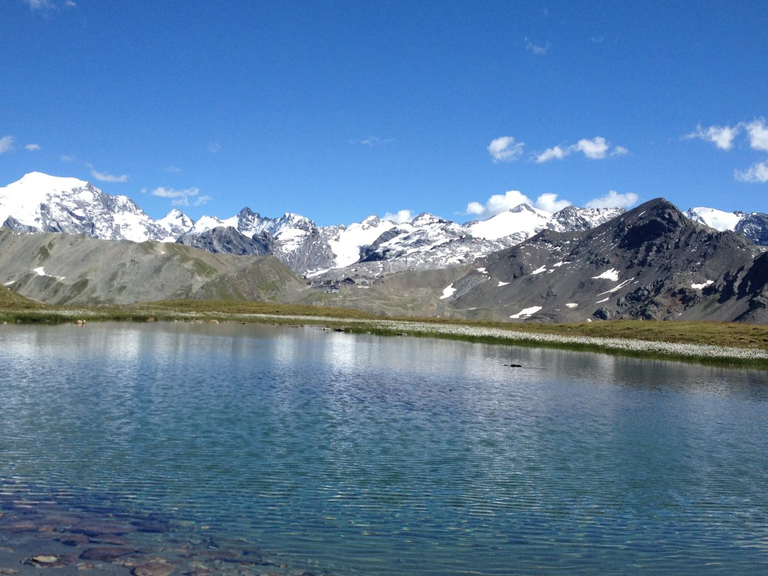
The Stelvio National Park was founded on April 24, 1935 with the management entrusted to the State Society of State Forests and the State Forestry Corps. Since 1995 and for twenty years, it was managed by a consortium between the State, the Lombardy Region and the two autonomous provinces of Trento and Bolzano. With the entry into force at the end of February 2016 of the Legislative Decree 13 January 2016, n. 14 The consortium is abolished and the administrative functions, for the respective territories of competence, are transferred to the Autonomous Provinces of Trento and Bolzano and to the Lombardy Region, which manages the Lombardy area through Ersaf/Regional Agency for Services to Agriculture and Forestry. The unitary configuration of the Park is ensured by a specific Coordination and Management Committee.
The surveillance of the Park territory is carried out by the Park Group of the Carabinieri, Department P.N. “Stelvio” in Lombardy and by the Provincial Forestry Corps in the provinces of Bolzano and Trento.
The protected area includes twenty-three municipalities of more or less wide scope (ten in Lombardy, ten in the province of Bolzano and three in the province of Trento).
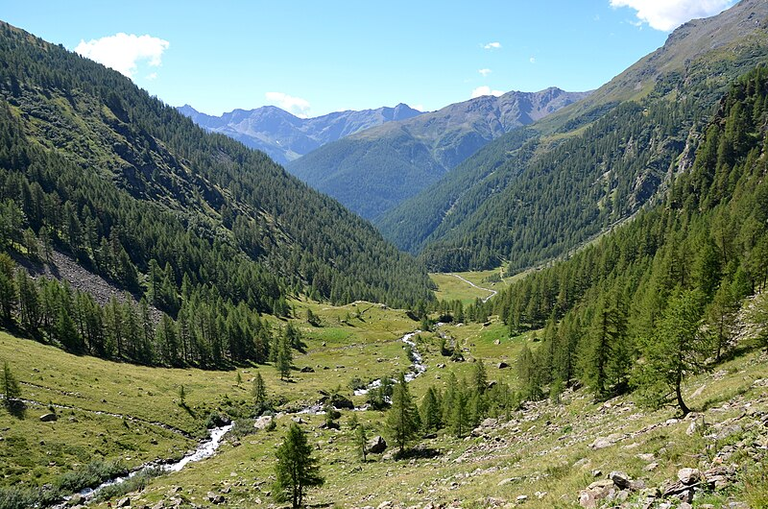
Each of the Park's municipalities is an ideal starting point for exploring the protected area. Its 1,500 km of trails allow you to venture out and discover the nature and human landscapes of the Stelvio. The visitor centers are the ideal place to learn in depth about the most diverse aspects of such a rich environmental reality. At the information points it is also possible to obtain all the useful information about the protected area and about the numerous initiatives (excursions, workshops, guided tours, various events) organized by the Park.

El Parque Nacional del Stelvio es uno de los más antiguos parques naturales italianos.
Nació con el fin de proteger la flora, la fauna y las bellezas del paisaje del grupo montañoso Ortles-Cevedale, y para promover el desarrollo de un turismo sostenible en los valles alpinos de Lombardía, el Trentino y el Alto Adigio.
Se extiende sobre el territorio de 24 municipios y de 4 provincias y está en contacto directo al norte con el Parque nacional suizo, al sur con el parque natural provincial del Adamello-Brenta y con el Parque regional del Adamello: todos estos parques, juntos, constituyen una vastísima área en el corazón de los Alpes que alcanza casi las 400.000 ha.
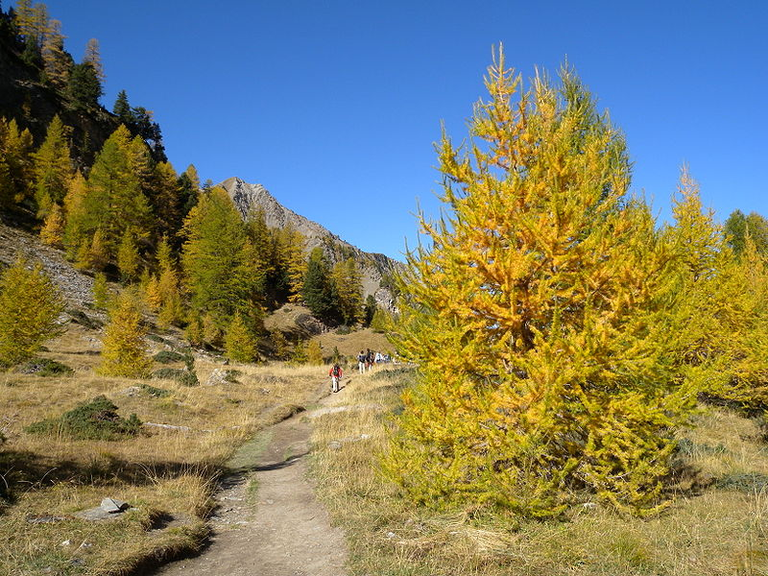
Situado, con sus 130.700 hectáreas, en el corazón de los Alpes centrales, Stelvio es un típico parque de montaña de gran altitud: alrededor de tres cuartas partes de su territorio se encuentra por encima de los 2000 metros y alcanza un máximo de 3.905 m en la cima del 'Ortles'. .
Gracias a su elevada altitud media se caracteriza por una sucesión de cumbres escarpadas y extensas superficies glaciares. El grupo Ortles-Cevedale, en la frontera entre Lombardía y Trentino-Alto Adigio, constituye su corazón geográfico.
El lecho rocoso está formado principalmente por rocas metamórficas (gneises, filitas, micaesquistos) y en menor medida por rocas ígneas (granitos). Muy particular para los Alpes internos es la presencia, en el sector noroccidental del Parque, de rocas sedimentarias calcáreas (principalmente dolomita).
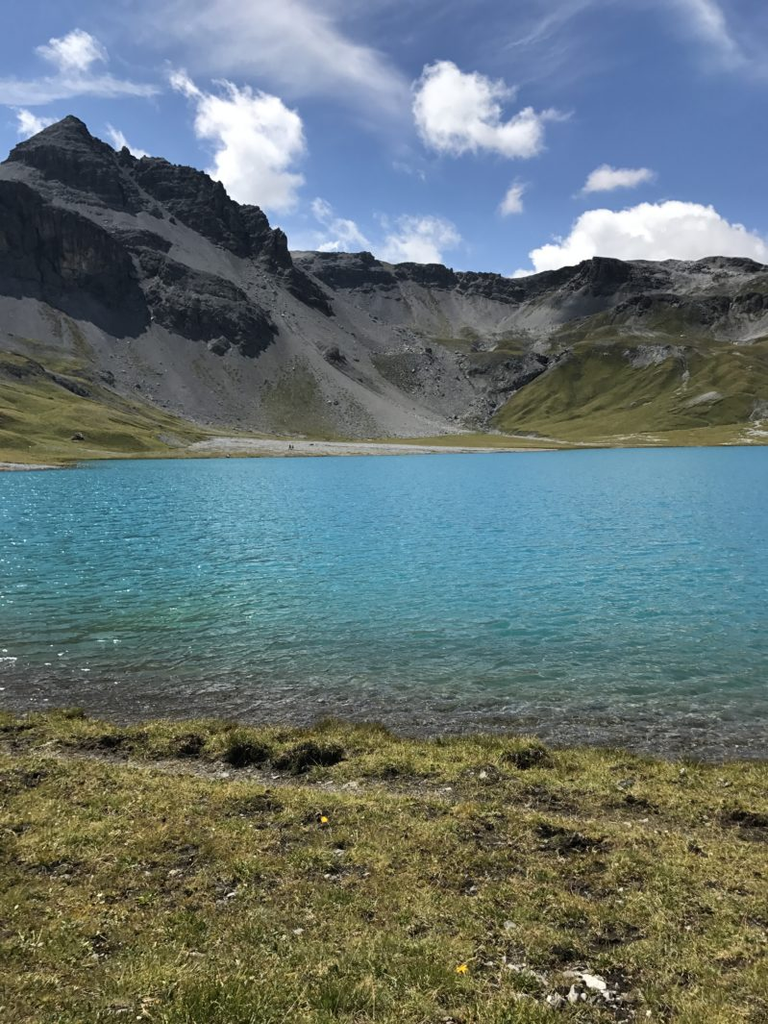
Las zonas del fondo del valle se caracterizan por la presencia de prados segados, mientras que en las laderas predominan los bosques de coníferas; Subiendo más, se llega a la pradera alpina que, con el aumento de la altitud, se vuelve cada vez más discontinua para dar paso a aquellas especies que crecen, como ejemplares aislados, incluso en altitudes muy elevadas. Aquí la vida se vuelve difícil, especialmente para las plantas que no pueden escapar del duro clima. A pesar de las bajísimas temperaturas (incluso muy por debajo de los -20°C y con medias que no superan los 10°C en verano), los fuertes vientos (con velocidades medias de casi 50 km/h en las cotas más altas) y las abundantes nevadas ( Las acumulaciones totales de nieve fresca pueden superar los 7 m), muchas plantas consiguen sobrevivir incluso por encima de los 3.000 m de altitud.
La fauna incluye, sólo entre los vertebrados, más de 260 especies. Para resumir al máximo la riqueza faunística del Parque, cabe destacar la importante presencia de grandes rapaces (águila real y quebrantahuesos), las ricas poblaciones de ungulados (especialmente ciervos y cabras montesas) y la presencia de numerosas especies propias del hábitats. montaña (galliformes alpinos, marmotas, liebres de montaña, armiños, etc.). A ellos se suman una miríada de invertebrados que también viven, a veces, en condiciones extremas.
Además de ser un parque con grandes paisajes y una naturaleza exuberante, Stelvio es también un parque rico en historia. Durante la Primera Guerra Mundial, aquí pasaba el borde occidental del frente de batalla. De aquellos trágicos acontecimientos, una lucha más por la supervivencia en condiciones ambientales extremadamente difíciles que contra el hombre, quedan todavía hoy muchos rastros, sobre todo en el Valle Braulio y en el Paso del Stelvio, en el Valle Forni y en el Valle Gavia. Caminos militares y caminos de herradura, trincheras y poblados militares constituyen todavía hoy un testimonio de los acontecimientos de la “Guerra Blanca”.
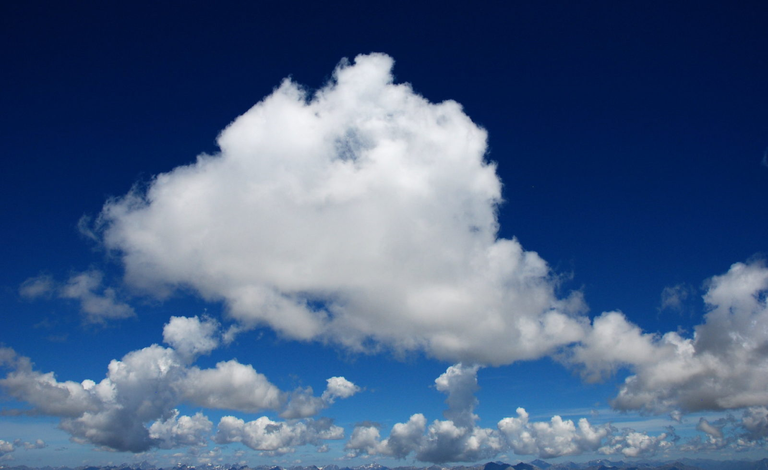
El Parque Nacional del Stelvio fue fundado el 24 de abril de 1935 con la gestión confiada a la Sociedad Estatal de Bosques Estatales y al Cuerpo Forestal del Estado. Desde 1995 y durante veinte años, fue administrado por un consorcio entre el Estado, la Región de Lombardía y las dos provincias autónomas de Trento y Bolzano. Con la entrada en vigor a finales de febrero de 2016 del Decreto Legislativo 13 de enero de 2016, n. 14 Se suprime el consorcio y las funciones administrativas, para los respectivos territorios de competencia, se transfieren a las Provincias Autónomas de Trento y Bolzano y a la Región Lombardía, que gestiona el área lombarda a través de Ersaf/Agencia Regional de Servicios a la Agricultura y a los Bosques. La configuración unitaria del Parque está asegurada por un Comité de Coordinación y Dirección específico.
La vigilancia del territorio del Parque está a cargo del Grupo de Parques de los Carabineros, Departamento P.N. “Stelvio” en Lombardía y por el Cuerpo Forestal Provincial en las provincias de Bolzano y Trento.
El área protegida incluye veintitrés municipios de alcance más o menos amplio (diez en Lombardía, diez en la provincia de Bolzano y tres en la provincia de Trento).
Cada uno de los municipios del Parque es un punto de partida ideal para explorar el área protegida. Sus 1.500 km de senderos permiten aventurarse y descubrir la naturaleza y los paisajes humanos del Stelvio. Los centros de visitantes son el lugar ideal para conocer en profundidad los más diversos aspectos de una realidad ambiental tan rica. En los puntos de información también es posible obtener toda la información útil sobre el espacio protegido y sobre las numerosas iniciativas (excursiones, talleres, visitas guiadas, eventos diversos) organizadas por el Parque.
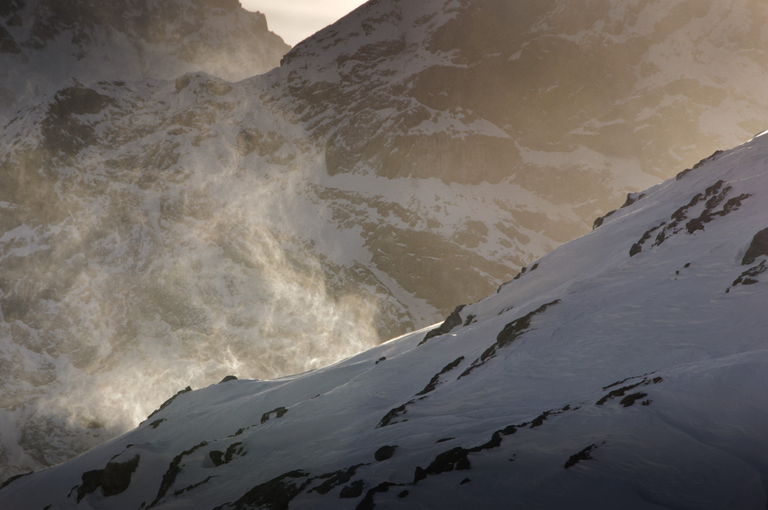
Source images / Fuente imágenes: Parco Nazionale Stelvio.
